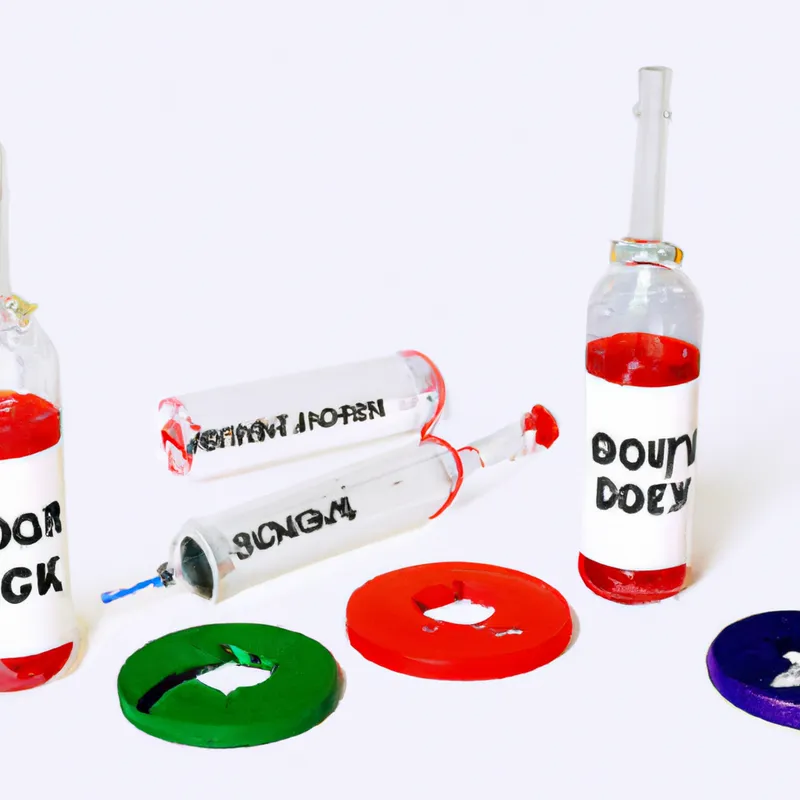Cultivate Strength through Active Recovery Practices
How to Recover from Injury with Active Recovery
Injuries frustrate you by disrupting daily routines and limiting physical activities. Recovery doesn’t require complete rest. Active recovery promotes healing, regains strength, and restores mobility while minimizing discomfort. This post explores active recovery, shares effective tips, and discusses its benefits.
Understanding Active Recovery
Active recovery involves low-intensity exercises that enhance blood flow. Unlike total rest, active recovery keeps your muscles engaged. Movement stimulates healing by promoting circulation, delivering nutrients, and removing waste. Active recovery reduces stiffness and improves flexibility, aiding your return to regular activities.
What Counts as Active Recovery?
Choose activities that match your injury and fitness level. Here are effective active recovery exercises:
– **Walking**: A gentle walk improves circulation without stressing your body. Short, brisk walks stimulate healing.
– **Swimming**: Water exercises support your body, reducing injury risk. Swimming maintains cardiovascular fitness with low impact.
– **Cycling**: Light cycling on a stationary bike strengthens muscles without straining joints. Adjust resistance to avoid overexertion.
– **Stretching**: Gentle stretching promotes flexibility and reduces tension in the affected area. Focus on surrounding areas for a complete approach.
– **Yoga or Tai Chi**: These practices emphasize controlled movements and breathing, improving balance, flexibility, and mental clarity.
Listen to your body and adjust your routine based on how you feel during these activities.
Tips for Active Recovery
Follow these tips for effective active recovery:
1. Listen to Your Body
Pay close attention to your body’s signals during recovery. Stop immediately if you feel pain, discomfort, or fatigue. Distinguish between soreness and pain. Modify activities as needed, and allow yourself to rest if required. Gradually increase workout intensity and duration as you heal.
2. Set Realistic Goals
Set achievable goals to maintain motivation. Focus on small milestones, like increasing your walking distance.
Conclusion
Active recovery helps you heal and regain strength effectively. Prioritize listening to your body and setting realistic goals.
Below are related products based on this post:
FAQ
What is active recovery and how does it differ from complete rest?
Active recovery involves engaging in low-intensity exercises that promote blood circulation and healing, whereas complete rest involves no movement at all. Active recovery keeps your muscles engaged, reduces stiffness, and aids in regaining mobility, making it a more effective approach for recovery from injury.
What types of exercises are considered effective for active recovery?
Effective active recovery exercises include walking, swimming, light cycling, stretching, and practices like yoga or Tai Chi. These activities should be low-intensity and tailored to your injury and fitness level, helping to enhance circulation while minimizing strain on your body.
How can I ensure that I am engaging in active recovery safely?
To engage in active recovery safely, it’s crucial to listen to your body. Pay attention to any signals of pain or discomfort and stop if needed. Set realistic goals and modify your activities based on how you feel, gradually increasing intensity as your condition improves.















Post Comment